
下载亿题库APP
联系电话:400-660-1360

下载亿题库APP
联系电话:400-660-1360

请谨慎保管和记忆你的密码,以免泄露和丢失

请谨慎保管和记忆你的密码,以免泄露和丢失

new weapon to fight cancer
1. British scientists are preparing to launch trials of a radical new way to fight cancer, which kills tumours by infecting them with viruses like the common cold.
2. If successful, virus therapy could eventually form a third pillar alongside radiotherapy and chemotherapy in the standard arsenal against cancer, while avoiding some of the debilitating side-effects.
3. Leonard Seymour, a professor of gene therapy at Oxford University, who has been working on the virus therapy with colleagues in London and the US, will lead the trials later this year. Cancer Research UK said yesterday that it was excited by the potential of Prof Seymour's pioneering techniques.
4. One of the country's leading geneticists, Prof Seymour has been working with viruses that kill cancer cells directly, while avoiding harm to healthy tissue. "In principle, you've got something which could be many times more effective than regular chemotherapy," he said.
5. Cancer-killing viruses exploit the fact that cancer cells suppress the body's local immune system. "If a cancer doesn't do that, the immune system wipes it out. If you can get a virus into a tumour, viruses find them a very good place to be because there's no immune system to stop them replicating. You can regard it as the cancer's Achilles' heel."
6. Only a small amount of the virus needs to get to the cancer. "They replicate, you get a million copies in each cell and the cell bursts and they infect the tumour cells adjacent and repeat the process," said Prof Seymour.
7. Preliminary research on mice shows that the viruses work well on tumours resistant to standard cancer drugs. "It's an interesting possibility that they may have an advantage in killing drug-resistant tumours, which could be quite different to anything we've had before."
8. Researchers have known for some time that viruses can kill tumour cells and some aspects of the work have already been published in scientific journals. American scientists have previously injected viruses directly into tumours but this technique will not work if the cancer is inaccessible or has spread throughout the body.
9. Prof Seymour's innovative solution is to mask the virus from the body's immune system, effectively allowing the viruses to do what chemotherapy drugs do - spread through the blood and reach tumours wherever they are. The big hurdle has always been to find a way to deliver viruses to tumours via the bloodstream without the body's immune system destroying them on the way.
10. "What we've done is make chemical modifications to the virus to put a polymer coat around it - it's a stealth virus when you inject it," he said.
11. After the stealth virus infects the tumour, it replicates, but the copies do not have the chemical modifications. If they escape from the tumour, the copies will be quickly recognised and mopped up by the body's immune system.
12. The therapy would be especially useful for secondary cancers, called metastases, which sometimes spread around the body after the first tumour appears. "There's an awful statistic of patients in the west ... with malignant cancers; 75% of them go on to die from metastases," said Prof Seymour.
13. Two viruses are likely to be examined in the first clinical trials: adenovirus, which normally causes a cold-like illness, and vaccinia, which causes cowpox and is also used in the vaccine against smallpox. For safety reasons, both will be disabled to make them less pathogenic in the trial, but Prof Seymour said he eventually hopes to use natural viruses.
14. The first trials will use uncoated adenovirus and vaccinia and will be delivered locally to liver tumours, in order to establish whether the treatment is safe in humans and what dose of virus will be needed. Several more years of trials will be needed, eventually also on the polymer-coated viruses, before the therapy can be considered for use in the NHS. Though the approach will be examined at first for cancers that do not respond to conventional treatments, Prof Seymour hopes that one day it might be applied to all cancers.
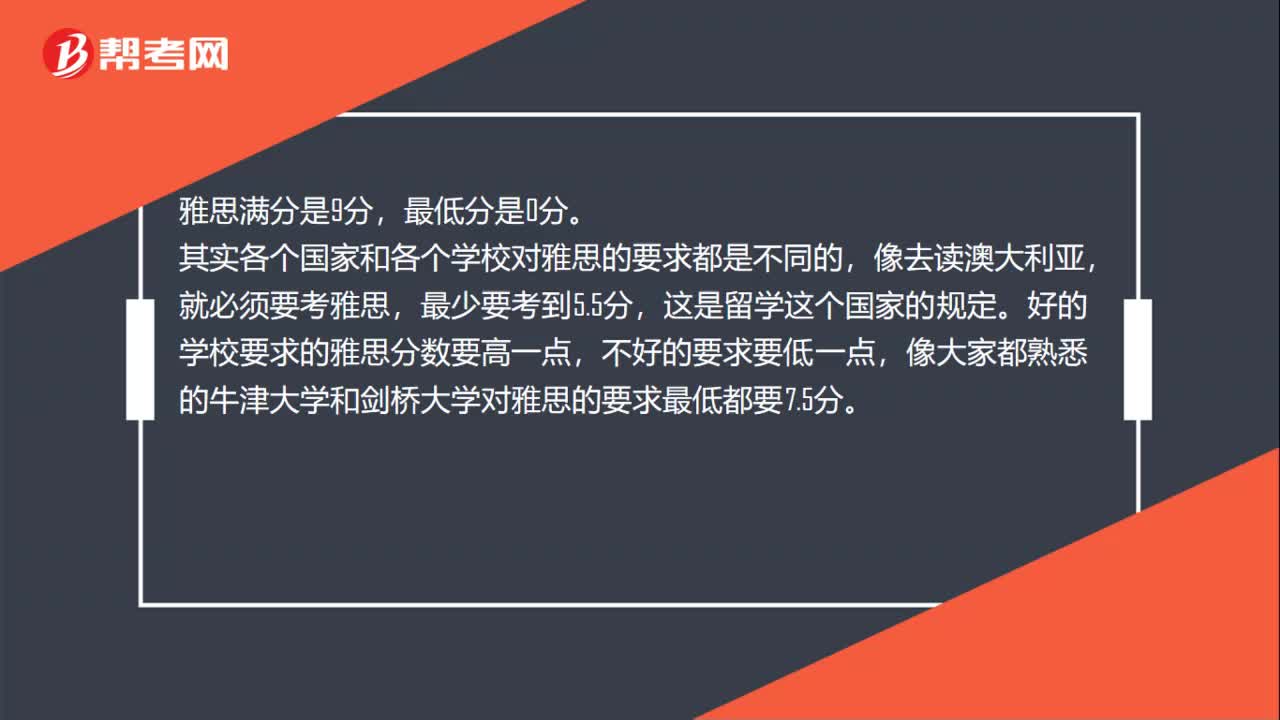 36
36雅思考试总分是多少?:雅思考试总分是多少?雅思满分是9分,最低分是0分。其实各个国家和各个学校对雅思的要求都是不同的,像去读澳大利亚,就必须要考雅思,最少要考到5.5分,这是留学这个国家的规定。好的学校要求的雅思分数要高一点,不好的要求要低一点,像大家都熟悉的牛津大学和剑桥大学对雅思的要求最低都要7.5分。
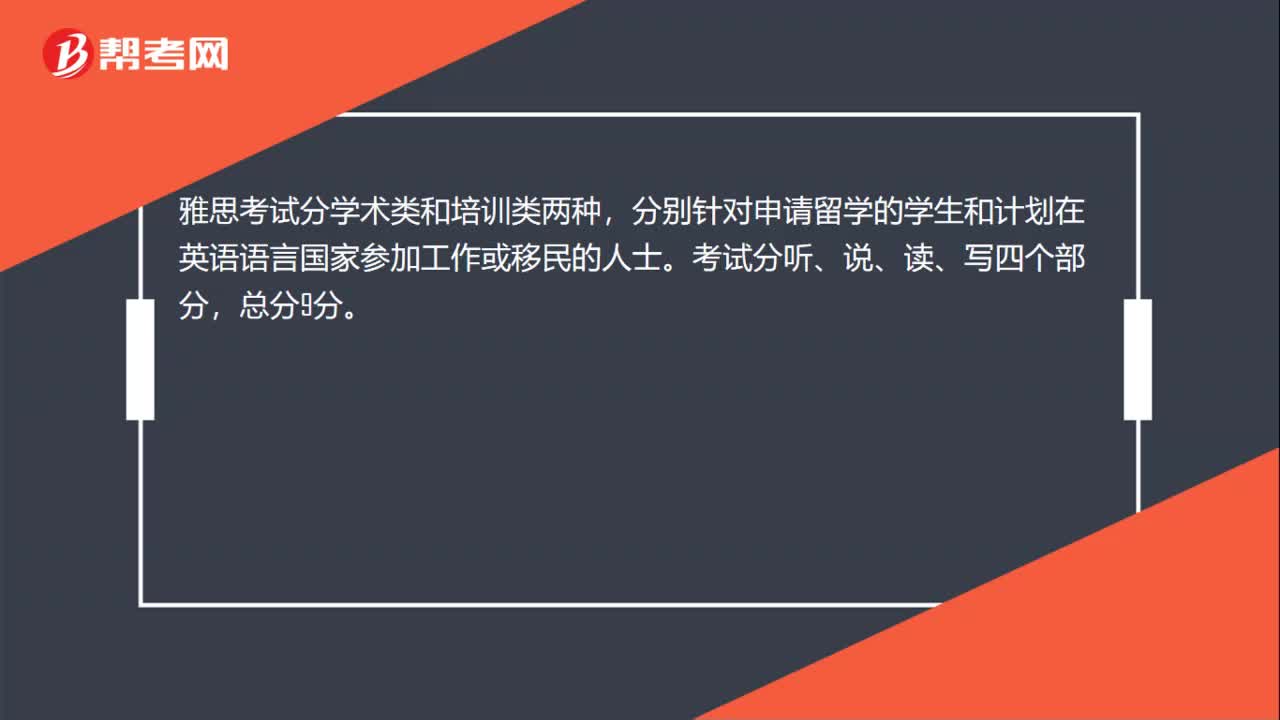 21
21雅思考试有几种类型?:雅思考试有几种类型?雅思考试分学术类和培训类两种,分别针对申请留学的学生和计划在英语语言国家参加工作或移民的人士。考试分听、说、读、写四个部分,总分9分。
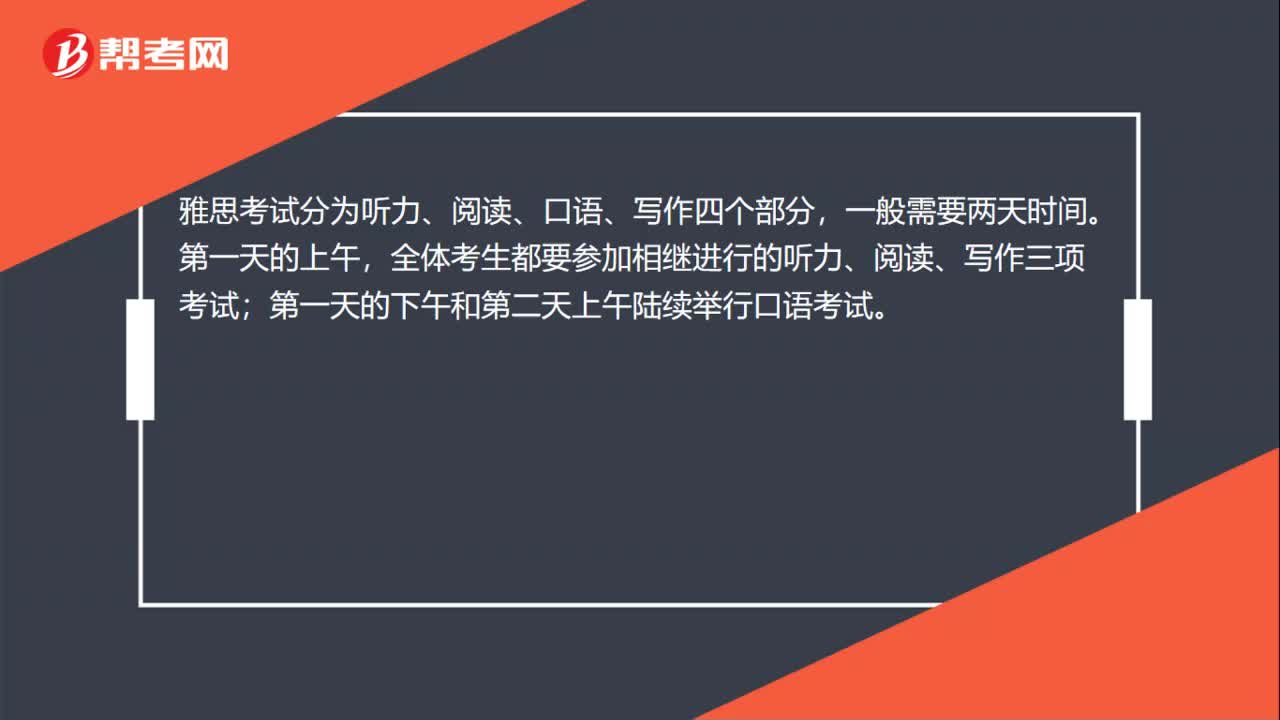 26
26雅思考试内容有哪些?:雅思考试内容有哪些?雅思考试分为听力、阅读、口语、写作四个部分,一般需要两天时间。第一天的上午,全体考生都要参加相继进行的听力、阅读、写作三项考试;第一天的下午和第二天上午陆续举行口语考试。
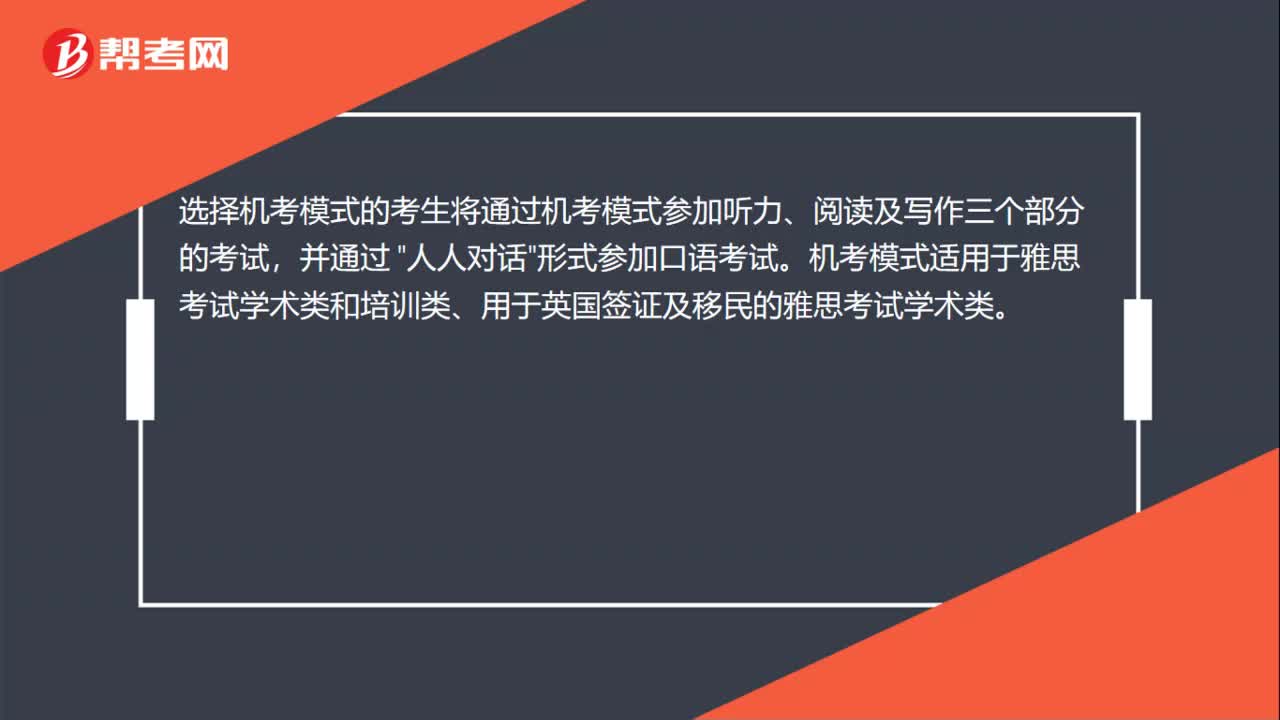 01:24
01:242020-06-01
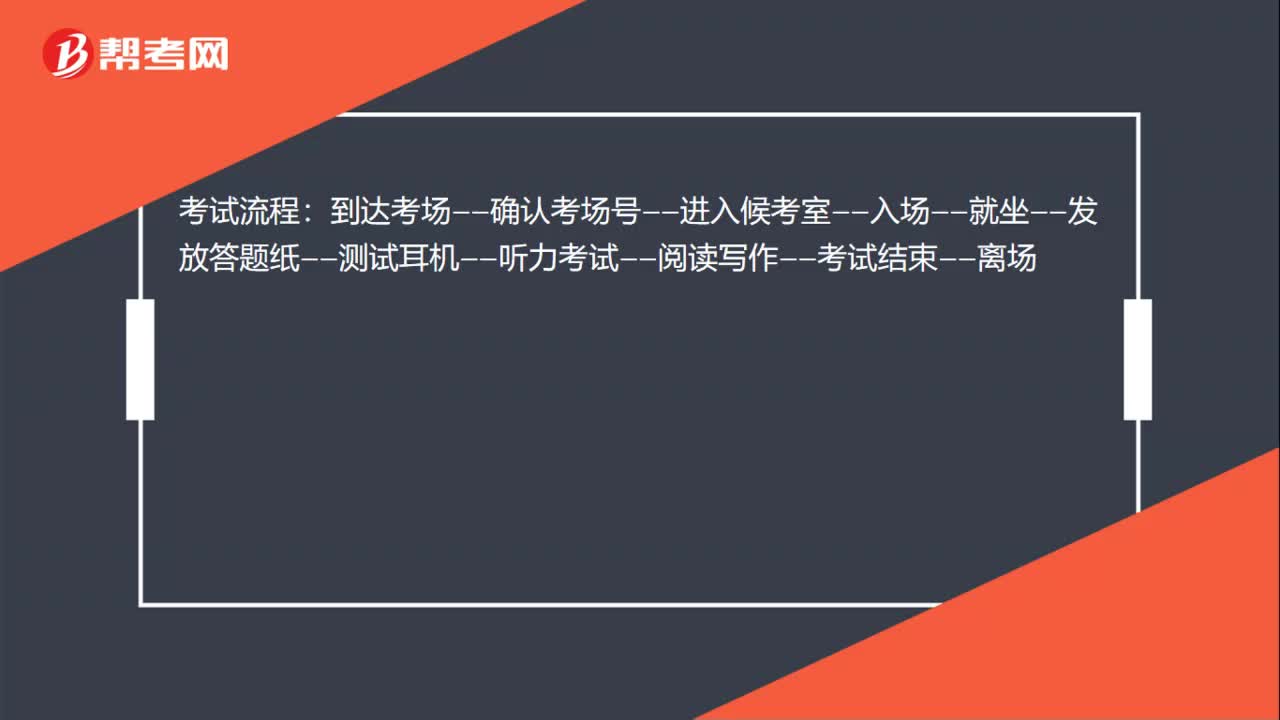 01:16
01:162020-06-01
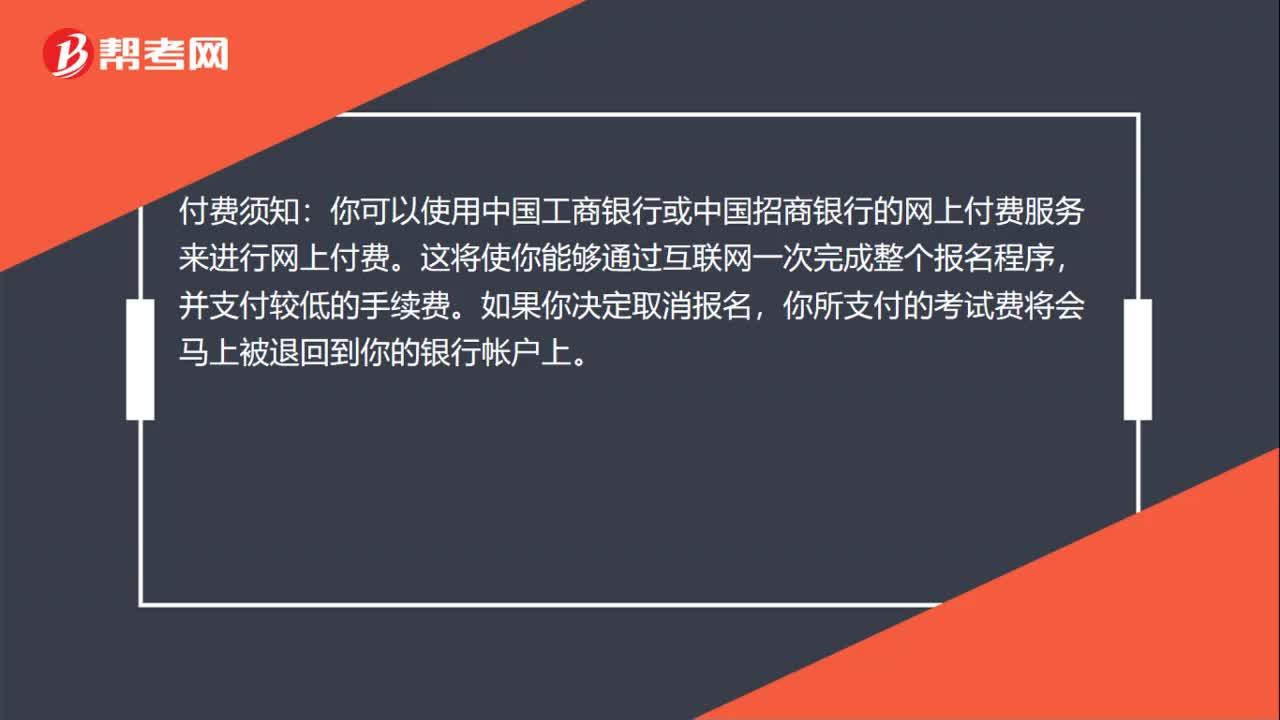 02:06
02:062020-06-01
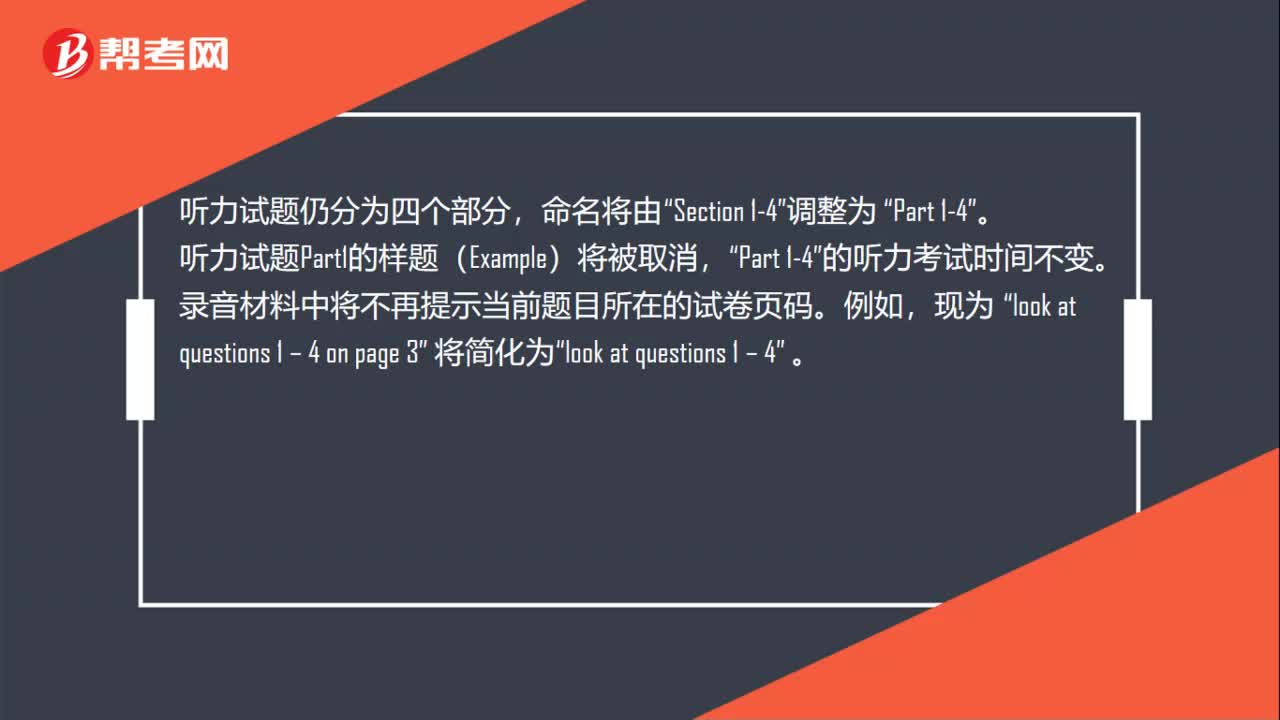 01:06
01:062020-06-01

微信扫码关注公众号
获取更多考试热门资料